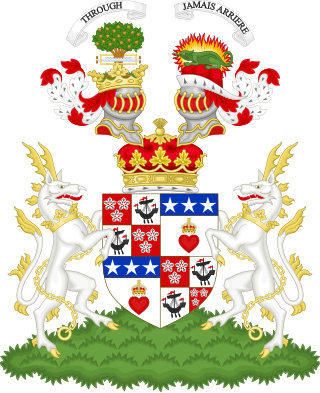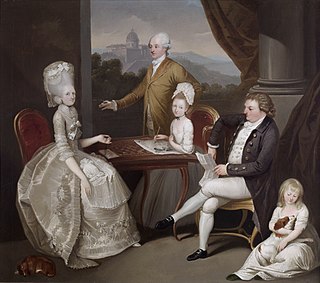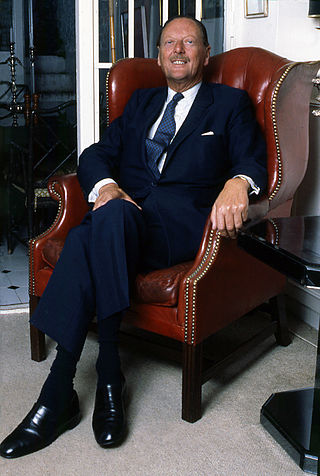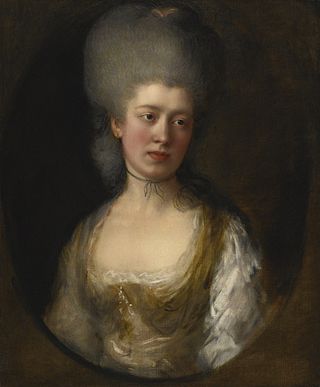| Dukedom of St Albans | |
|---|---|
  Arms of Murray Beauclerk, 14th Duke of St Albans: Grand quarterly, 1st and 4th grand quarters: the Royal Arms of Charles II, viz. quarterly: 1st and 4th, France and England quarterly; 2nd, Scotland; 3rd, Ireland; the whole debruised by a baton sinister gules charged with three roses argent barbed and seeded proper (Lennox [1] ); 2nd and 3rd grand quarters: quarterly gules and or, in the first quarter a mullet argent (De Vere). (Arms of the 2nd Duke onwards) | |
| Creation date | 10 January 1684 |
| Created by | Charles II |
| Peerage | Peerage of England |
| First holder | Charles Beauclerk, 1st Earl of Burford |
| Present holder | Murray Beauclerk, 14th Duke of St Albans |
| Heir apparent | Charles Beauclerk, Earl of Burford |
| Remainder to | 1st Duke's heirs male of the body lawfully begotten |
| Subsidiary titles | Earl of Burford Baron Heddington Baron Vere |
| Former seat(s) | Bestwood Lodge Upper Gatton Park Newtown Anner House |
| Motto | Auspicium melioris aevi (Latin for 'A pledge of better times') [2] |
Duke of St Albans is a title in the Peerage of England. It was created in 1684 for Charles Beauclerk, 1st Earl of Burford, then 14 years old. King Charles II had accepted that Burford was his illegitimate son by Nell Gwyn, an actress, and awarded him the dukedom just as he had conferred those of Monmouth, Southampton, Grafton, Northumberland, and Richmond and Lennox on his other illegitimate sons who married.
Contents
- Dukes of St Albans (1684)
- Barons Vere (1750)
- Current line of succession
- Arms
- Family tree
- See also
- Notes
- References
- Further reading
The subsidiary titles of the Duke are Earl of Burford, in the County of Oxford (1676), Baron Heddington, in the same (1676) and Baron Vere, of Hanworth in the County of Middlesex (1750). The Earldom and the Barony of Heddington are in the Peerage of England, and the Barony of Vere is in the Peerage of Great Britain. The dukes hold the hereditary title of Grand Falconer of England, and until the end of the 18th century they were Hereditary Registrars of the Court of Chancery. [3]
By tradition, the Earldom and Vere barony are used as courtesy titles by the duke's heir apparent and his heir apparent respectively.
Until the 20th century, the country seats of the dukes of St Albans included Bestwood Lodge in Nottinghamshire, which was given to the 1st Duke's mother, the celebrated actress and mistress to Charles II Nell Gwyn. The 10th Duke made it his principal residence, but in 1939 the 12th Duke sold it. It is now a hotel. [4] [5] Another seat was Upper Gatton Park in Surrey. [6] The 12th Duke also inherited Newtown Anner House (near Clonmel, County Tipperary), which continued to be a family seat in the 1940s until it was sold in the mid-20th century. Today the house is privately owned and not open to the public. [7]
The 13th and present dukes have not inherited landed estates or country houses.
The accepted pronunciation of Beauclerk is reflected in frequent early renderings Beauclaire: /ˈboʊklɛər,boʊˈklɛər/ . [8] [9]


















